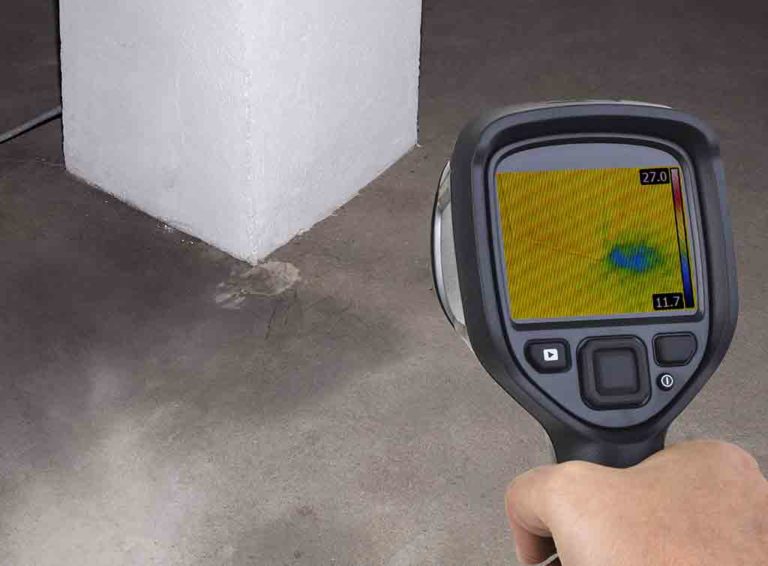Upon additional assessment, it ended up being clear that the setting up service provider stopped working to take into consideration the reality that water draining down the slope would collect behind the wall surface. Although not deliberately, the wall surface was acting, in essence, like a dam, holding the water behind the wall surface– not a common feature for a preserving wall surface. A 2nd critical mistake was the professional elected to “reduce a corner” and backfill behind the wall completely with topsoil as opposed to a permeable, free-draining gravel product. This drain stone that was omitted from the wall is an important material required for success. The preserving wall surface is a system and [https://west-midlands.jason-edworthy.co.uk/ Party Wall Survey Services West Midlands it is only just as good as the sum of its components. By not properly dealing with the draining incline and using topsoil for backfill, the contractor sealed the destiny of the honesty of the wall.
Diverse Types Of Concrete Preserving Wall Surfaces
As a result of this conflagration there was a significant redevelopment of London with buildings developed by Sir Christopher Wren and various other well-known designers and master builders and the birth of the masonry celebration wall surface.
You need to make use of weep holes in conjunction with a water drainage network or drainpipe ceramic tiles that you place around the edge of the flooring of the wall. Any kind of wall surface, especially those standing more than 4 feet tall, can create devastating damage or injury if the wall falls short. Damp locations with badly drained pipes, and clay kind dirts need more water drainage,” Christofora states. He suggests talking to a structural engineer, preferably, particularly if you’re handling inadequately drained pipes clay soil.
Why Your Keeping Wall Surface Requires A Drainage System
Integrating these steps with the drainage system ensures the wall surface’s long-term security and performance. Routine inspections are crucial for keeping the effectiveness of a timber maintaining wall water drainage system. Arranging regular examinations helps recognize and deal with concerns early, making certain the long-lasting efficiency of the drain system and the wall surface. Attaching water drainage pipelines to the wall entails incorporating the pipelines with the wall surface framework to ensure seamless water circulation.
As a result, it is crucial to make sure that the fill product permits ample water drain while protecting wall surface adaptability to adapt to ground motions. In summary, the function of drainage in maintaining wall surfaces goes beyond plain performance; it plays a vital duty in ensuring both visual and functional success. Whether managing water stress, soil disintegration, or style factors to consider, a properly designed drain system is an indispensable component of any type of retaining wall job. Correct water drainage is vital for the longevity and efficiency of keeping walls. In this short article, we will certainly check out some remedies for maintaining walls and drainage in Kelowna’s wet and sloped settings. Preserving the ideal drain for concrete keeping walls is crucial for their resilience and architectural toughness.
Not just does it jeopardize the structural honesty of the wall surface, but it can additionally result in expensive repairs and possible safety and security hazards. When water is not effectively drained pipes from behind a maintaining wall, it can exert stress on the framework, causing it to tilt, fracture, and even collapse. Hearing from Southend property party wall agreements owners that have actually mounted timber preserving wall surfaces with proper drain can provide functional recommendations and encouragement. Their experiences and feedback highlight the benefits of purchasing a quality drainage system and give understandings right into the installment and maintenance process. The layout needs to make sure that water is effectively collected and carried far from the wall surface. Consulting with specialists can help develop a durable drainage plan that addresses the site’s unique obstacles and needs.
Compacted sand or gravel is generally made use of to produce a permeable layer that advertises water flow. Sufficient drainage materials enhance the overall stability and long life of the maintaining wall. Effective drain style exceeds functionality; it likewise adds to the visual charm of the keeping wall surface. Incorporating drain pipelines within the building process allows for very discreet yet powerful drain services. Pooling water behind a retaining wall can trigger erosion that will eventually cause decay in the structure.
Governing conformity makes sure that drainage systems satisfy neighborhood and government guidelines, safeguarding natural resources. Water buildup behind a retaining wall surface can cause significant issues, such as soil saturation. Saturated soil raises the weight and stress on the wall surface, risking architectural failure. Appropriate drainage makes certain that water does not pool behind the wall surface, keeping soil stability and the wall surface’s toughness.
Our involvement with historical societies enables us to borrow from the past as we apply modern strategies. This makes sure the brought back walls stand up to future anxieties while preserving their historical look. We jointly establish reconstruction strategies that stabilize architectural integrity with historic preservation, producing a heritage for future generations. When recovering these frameworks, our professionals engage in a meticulous study of the existing wall surface, determining distinguishing characteristics and patterns that define its personality. This ensures replication not just in kind but in essence, recognizing the craftsmanship that has withstood the examination of time. We integrate conventional techniques, commonly sourcing initial products, to protect the wall’s historic credibility while using contemporary stabilization methods for long life.

